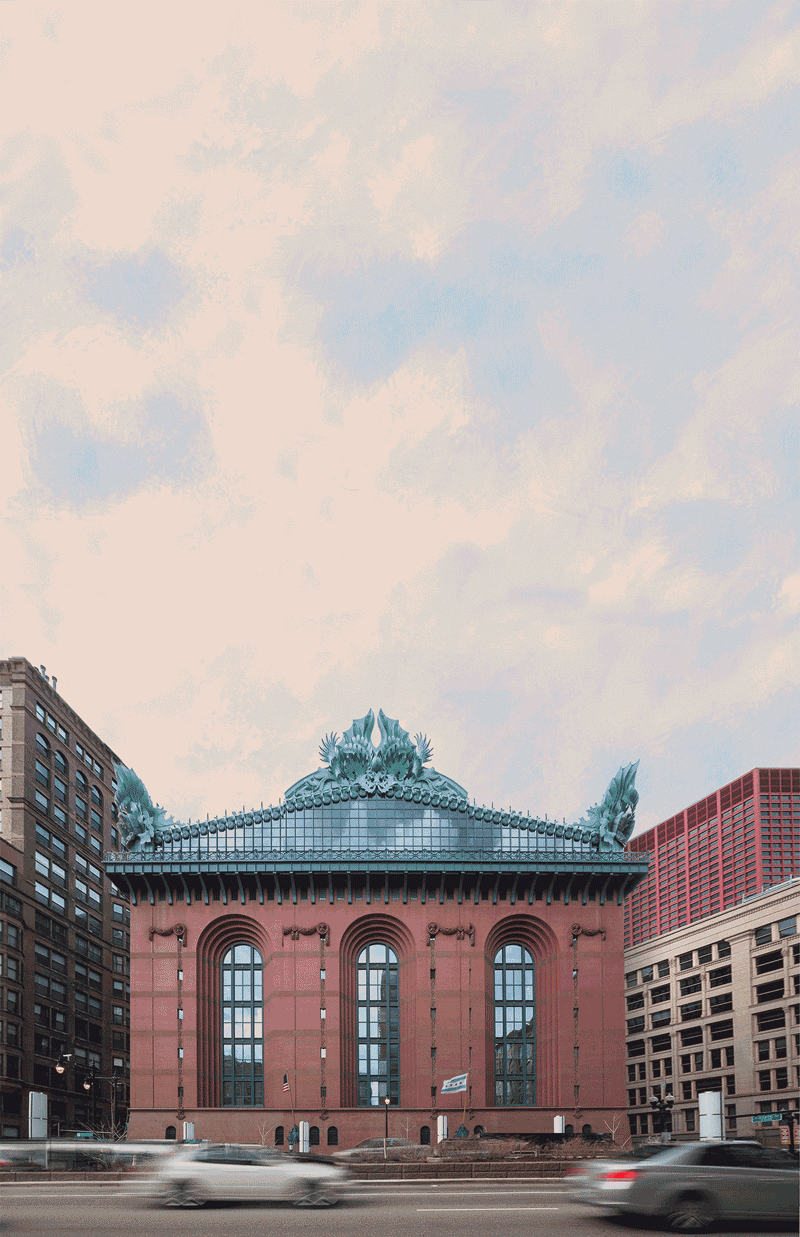
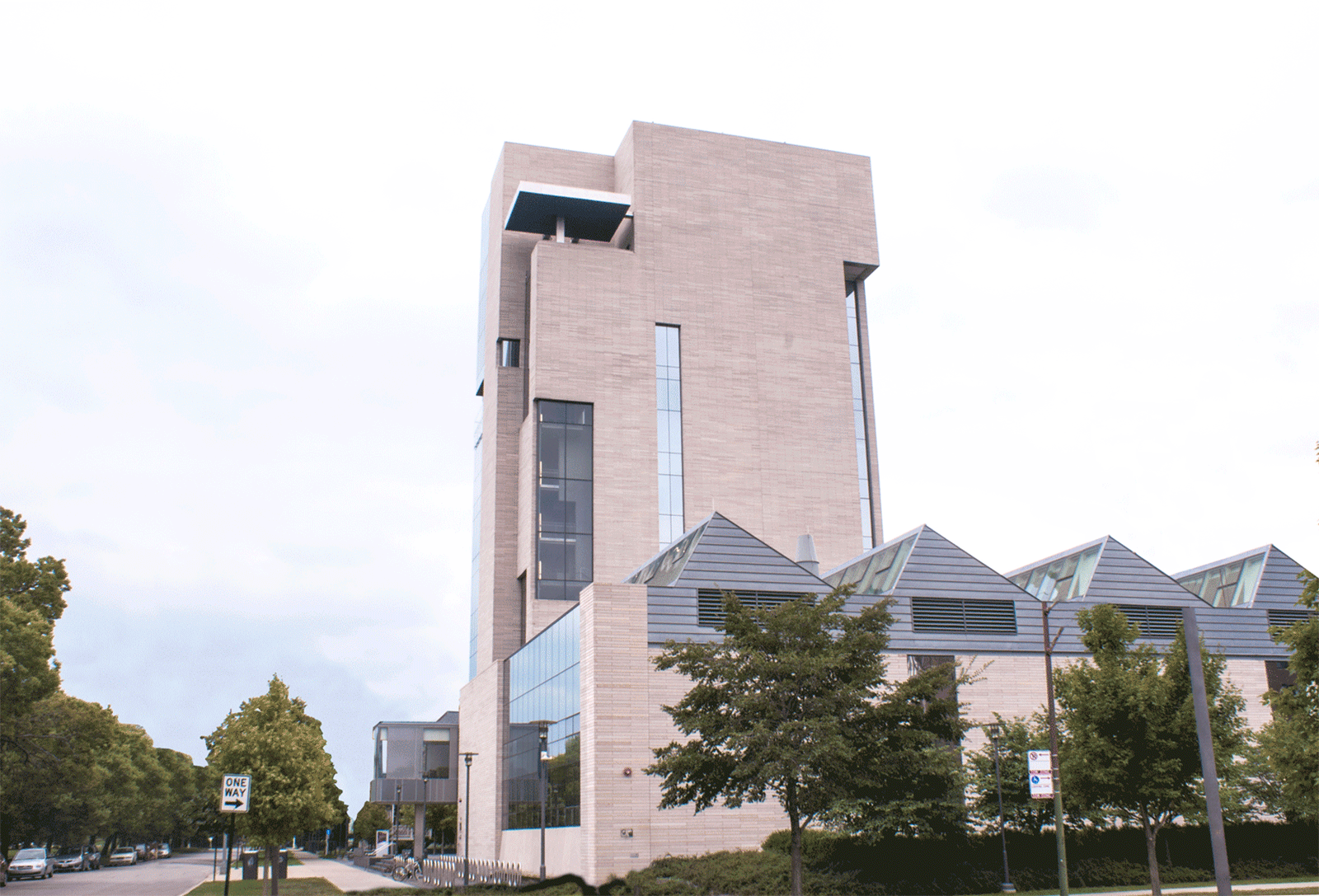
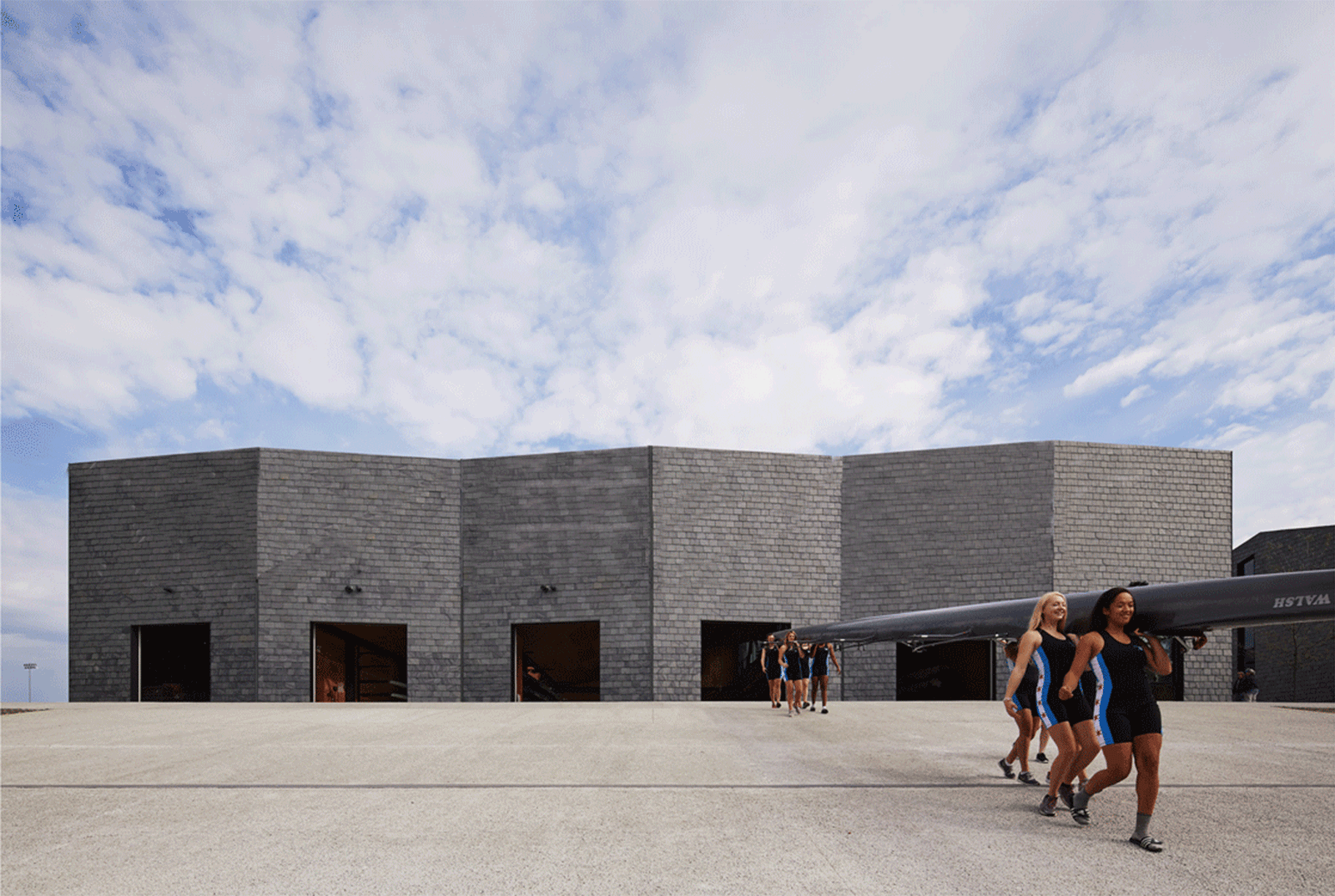
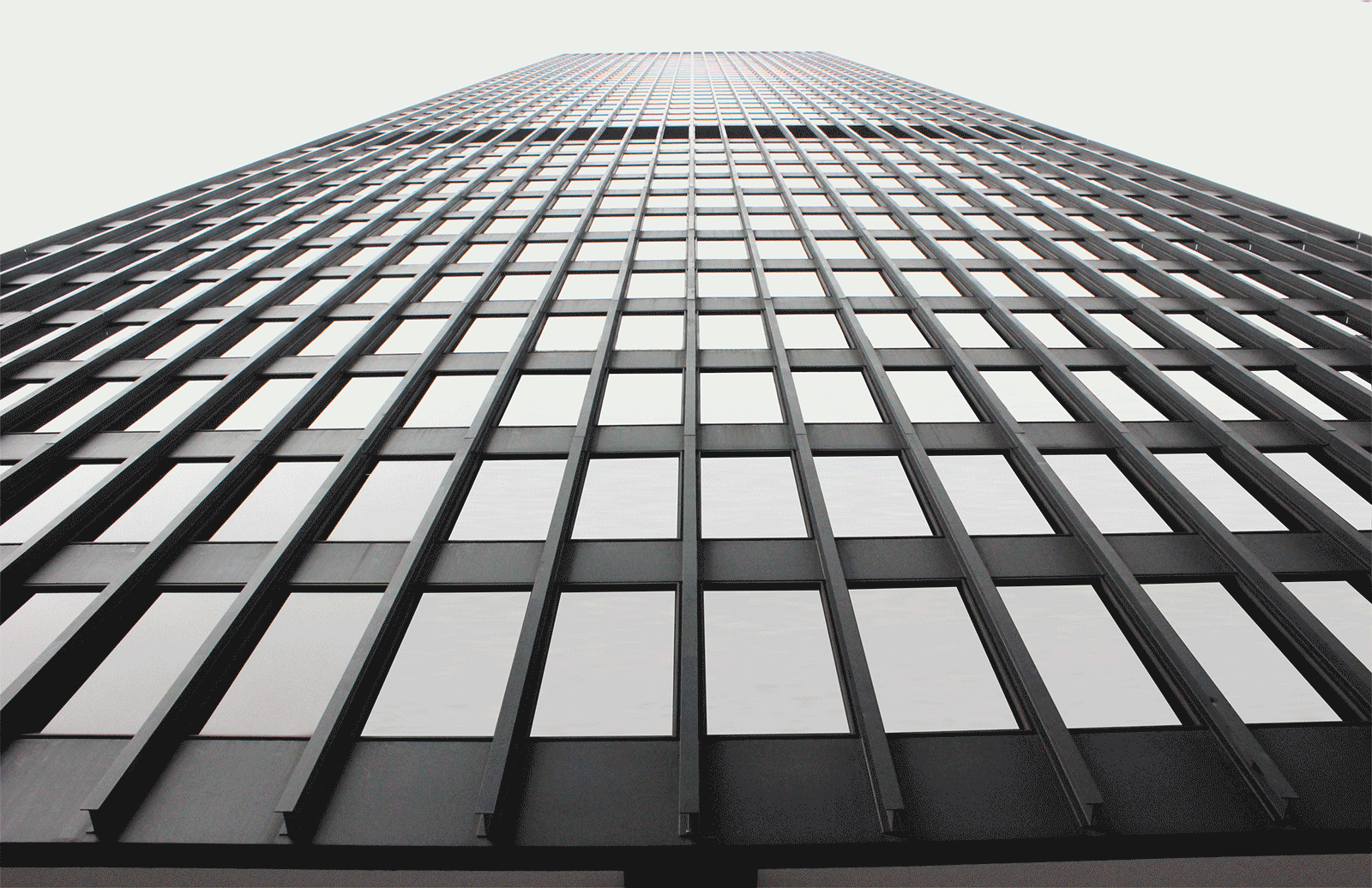
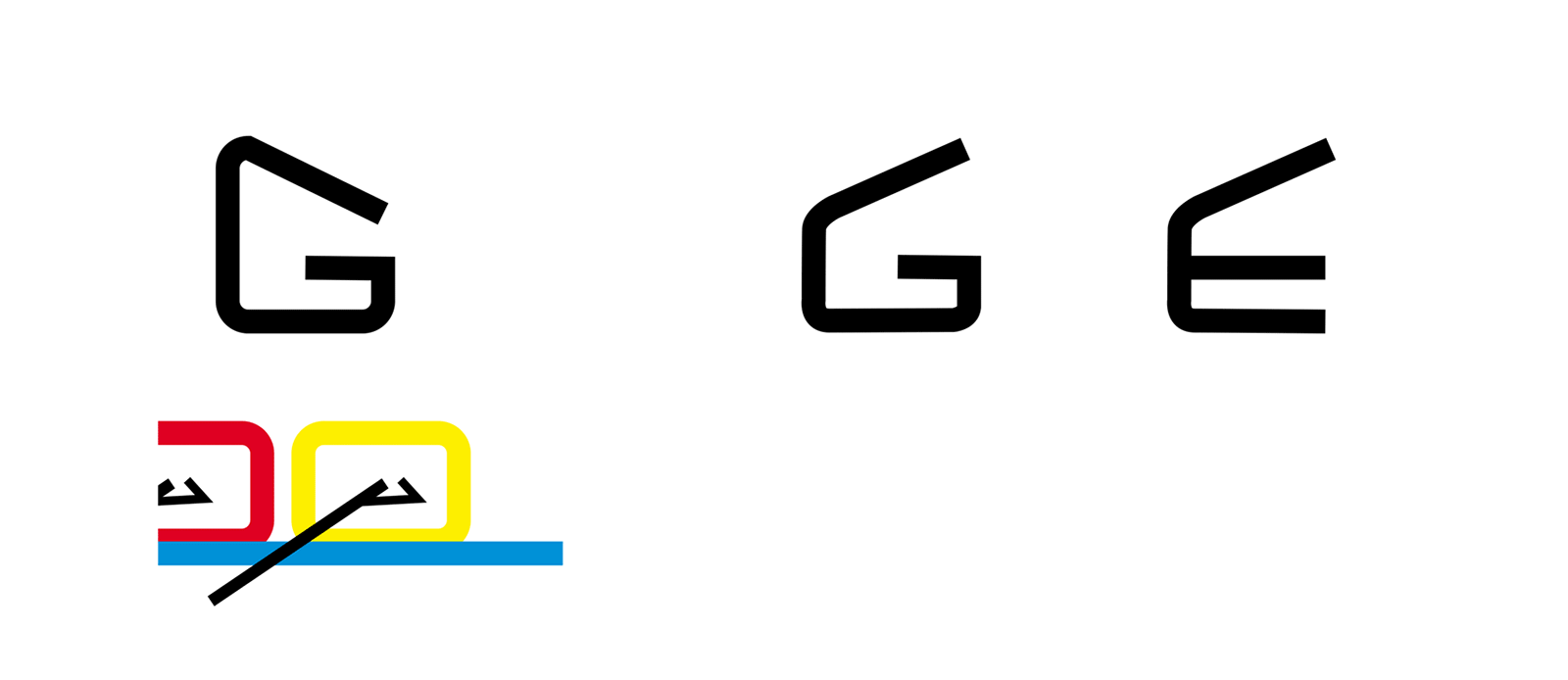
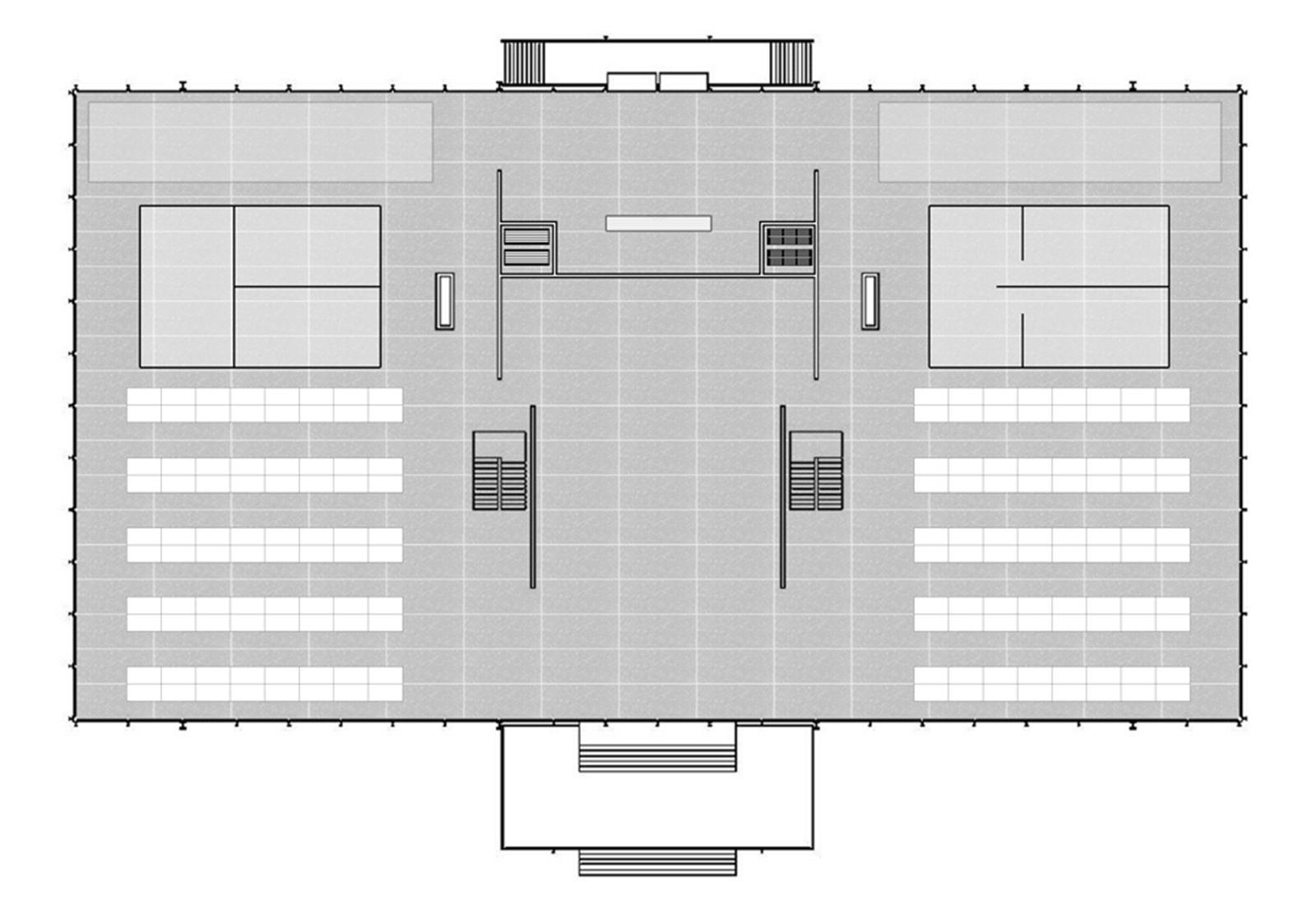

Animating Architecture
Topic Seminar
School of the Art Institute of Chicago and Illinois Institute of Technology: 2017
This course explores how popular media and populist formats can offer beginning design students an expanded opportunity to communicate spatial designs with position and agenda, plausibility and worldly enactment, and personality and character. The animated GIF in particular offers an instructive case study. Unlike the realism provided by more cinematic videos and sleek three-dimensional “fly-throughs,” the stop-motion-like animation techniques integral to the GIF file format expand the possibilities of more traditional architectural representation by using the perception of moving content to exaggerate elements, soften boundaries, augment artifice, and assert agenda.
In contrast to the stationary condition of conventional architectural representation, the temporal quality of moving images challenges students to exercise a heightened degree of rhetorical bias and to think critically about constructing new audiences as much as new worlds. Akin to other “cool” media formats, the animated GIF’s intentional resistance to realism and its low-fidelity output capacity also provides more opportunity for audience interpretation and participation.
Work shown by students Domenica Cevallos, Kamil Szydlo, Mao Xue, Zuri Zubari, Wei Wu, and Denis Serdyukov.

